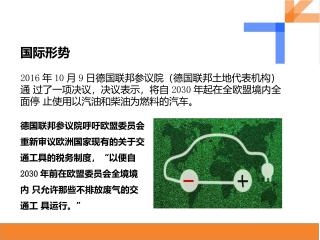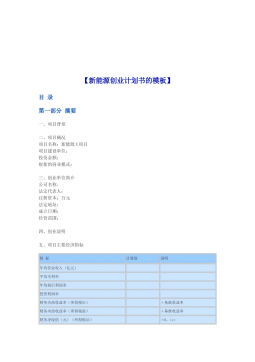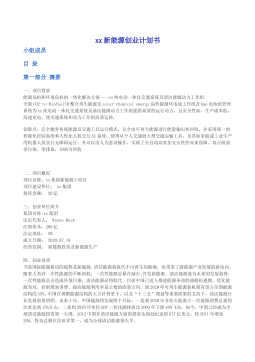关联理论框架下言语反语的语用分析
VIP免费
ⅱ
ABSTRACT
Irony, as a special linguistic phenomenon, is very common in daily communication
as well as literal and video works. The study of irony was limited in the field of literary
rhetoric. It didn’t draw much attention from linguistics until about several decades ago,
when linguistics pragmatics began to make its way into the central stage of linguistics
science. There are various classifications of irony based on different criteria. On the
dimension of the mode of expression, irony can be divided into two groups: verbal and
nonverbal. The latter type does not involve utterances; it belongs to the realm of literary
critics, an area into which the author will not trespass in this thesis.
This paper focuses on verbal irony, i.e., ironies which are expressed in and related
to language as our subject. The examples used are quoted from some daily
conversations from real life between friends and family members,English and Chinese
movies and TV series, especially the popular teleplay Strive for Success (<<奋斗>>).
The present research is aimed to present a detailed analysis of irony on the basis of
relevance theory. Firstly, this paper attempts to provide a more plausible explanation of
the production of irony and why the speakers would prefer irony rather than a literal
message. Secondly, inspired by previous studies, the author attempts to explain the cues
and conditions for hearers to interpret an irony successfully.
Two research questions are developed to define and clarify the aim of the study:
1) Why does the speaker bother to use irony instead of saying what he/she means
directly?
2) How can the hearer get the speaker’s real intention by the ironical utterances
and on what conditions can they communicate successfully?
Irony was traditionally considered as a conversational implicature violating the
Quality Maxim based on Gricean Theory. We find that violating any maxims can cause
ironic effect, not only violating the Quality maxim. And the Gricean approach also fails
to account for why an ironical utterance is preferred to a literal one. So the author tried
to answer the two questions based on Relevance Theory.
In relevance, irony is echoic interpretive use. The speakers’ choice of using irony
may suggests his/her psychological motives, which involve motives of being polite,
criticizing, being humorous, encouraging, expressing intimacy, expressing alienation,
etc.
iii
Identifying the speaker’s intention is crucial for hearer in irony interpretation. The
hearer achieves this through identifying the ironic cues, which are used by the speaker
to “manifest” his/her intention. For the hearer to understand an ironic utterance he has to
associate what he hears with the cognitive environment and seek the most relevant
element for irony recognition under the guidance of Sperber and Wilson’s Relevance
Theory and finally get the implicated meaning of the utterance.
Key words: irony, verbal irony, Relevance Theory, echo, ironic cues,
cognitive environment
ⅳ
摘 要
反语作为一种独具魅力的语言现象,在日常交际和文学影视作品中频频出现。
对反语的研究最初局限于文学修辞领域,近几十年来随着语用语言学的兴盛才进
入语言学研究的领域。按照不同的划分标准,反语的分类亦不相同。按照表达方
式,反语可以分为两类:言语反语与非言语反语。 后者属于文学评论的范畴,不
涉及言语话语,本文将不作讨论。
本文将言语反语作为研究对象, 所用例证来自日常对话及中英影视作品,尤
其是热播电视剧《奋斗》。
本文旨在对言语反语进行语用范畴的研究。首先,就说话者选择使用反语而
不是直接表达的原因及反语的交际功能进行论述解释。以往对反语的研究尽管各
有局限和不足,但对本文都有很大的启发。其次,在前人研究的基础上,本文就
听者之所以能够成功的理解反语的原因进行了论述。
本文将对如下两个问题进行研究:
1) 为什么说话者冒着被误解的危险而选择使用反语;
2) 听话者又是如何能够准确理解说话者的真实意图的及双方的成功交流建
立在什么条件之上。
Grice 认为反语是说话者违反质量准则而产生的一种会话含义。我们发现违
反任何一个准则都可以产生反讽效果。而且 Grice 对反语的研究也没有对说话者
使用反语的原因做出解释。因此,本文欲以 Sperber & Wilson 的关联理论为框架
通过对反语的生成和理解的研究来回答这两个问题。
在关联理论框架下,反语是说话者对他人思想的回应,并同时表达自己的态
度。反语使用者选择反语这一特殊语言手段的心理动机是理解反语生成的关键。
理解说话者的真实意图是反语识别的关键。说话者在使用反语言语的过程中会有
意无意的使用一些反语提示。在这些提示的基础上,双方的成功交流还需要一些
共有条件,以达到其交际目的,实现其交际功能。反语交际发生时,听话者会把
话语与认知环境联系起来,在关联原则指导下,在众多的认知环境因素中寻求具
有最大关联的环境因素,最终得出话语的隐含意义。
关键词:反语 言语反语 关联理论 回应 反语提示 认知环境
Contents
Acknowledgements................................................................................................. i
ABSTRACT............................................................................................................ii
摘要.........................................................................................................................iv
Chapter One Introduction .................................................................................... 1
1.1 Research Background ............................................................................... 1
1.2 Aim of the Study.......................................................................................1
1.3 The Organization of the Thesis .................................................................2
Chapter Two Literature Review ...........................................................................3
2.1 The Definition of Irony .............................................................................4
2.2 Classification of Irony .............................................................................. 5
2.2.1 Verbal Irony ..................................................................................... 5
2.2.2 Dramatic Irony .................................................................................6
2.2.3 Situational Irony .............................................................................. 6
2.2.4 Comic Irony .....................................................................................7
2.3 The Pragmatic Approach to Irony .............................................................7
2.3.1 The Gricean Theory of Irony ........................................................... 7
2.3.2 Leech’s Irony Principle ....................................................................9
2.3.3 Amante and Brown’s Accounts of Irony ........................................10
2.3.4 Clark and Gerrig’s Allusional Pretense Theory of Irony ............... 11
2.3.5 Sperber and Wilson’s Echoic Mention Theory of Irony ................ 13
2.5 Summary .................................................................................................17
Chapter Three Relevance Theory and Production of Irony ............................18
3.1 The Theoretical Foundation of the Thesis: Relevance Theory ............... 19
3.1.1 Ostensive-Inferential Communication ...........................................19
3.1.2 Cognitive Environment ..................................................................21
3.1.3 The Principle of Relevance ............................................................21
3.2 Speakers’ Psychological Motives to Irony Production ........................... 23
3.2.1 Motive of Being Politeness ............................................................23
3.2.2 Motive to Criticising ......................................................................24
3.2.3 Motive to Being Humorous ........................................................... 25
3.2.4 Motive to Encouraging .................................................................. 25
3.2.5 Motive to Expressing Intimacy ......................................................26
3.2.6 Motive to Expressing Alienation ................................................... 26
3.3 Summary .................................................................................................27
Chapter Four Interpretation of Irony ............................................................... 27
4.1 Cognitive Environment for Irony Interpretation .....................................28
4.1.1 Expectations ...................................................................................28
4.1.2 Pragmatic Insincerity ..................................................................... 29
4.1.3 Common Ground ........................................................................... 30
4.1.4 Context ...........................................................................................31
4.2 Ironic Cues to the Speakers’ Intention ....................................................31
4.2.1 Contextual Cues .............................................................................32
4.2.2 Verbal Cues ....................................................................................33
4.2.3 The Paralinguistic Cues ................................................................. 36
4.2.4 Structure of Ironic Cues .................................................................38
4.3 Summary .................................................................................................38
Chapter Five Conclusion .....................................................................................39
5.1 Major Findings ........................................................................................40
5.2 Limitations of the Study ......................................................................... 40
5.3 Prospect of the Study .............................................................................. 41
References .............................................................................................................41
在校期间公开发表的论文 ................................................................................... 44
摘要:
展开>>
收起<<
ⅱABSTRACTIrony,asaspeciallinguisticphenomenon,isverycommonindailycommunicationaswellasliteralandvideoworks.Thestudyofironywaslimitedinthefieldofliteraryrhetoric.Itdidn’tdrawmuchattentionfromlinguisticsuntilaboutseveraldecadesago,whenlinguisticspragmaticsbegantomakeitswayintothecentralstageoflinguist...
相关推荐
-
新能源项目融资计划VIP免费
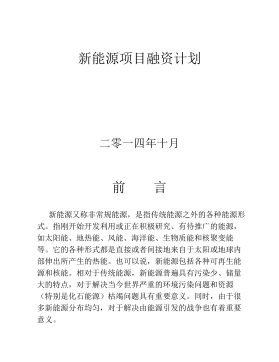
 2024-12-31 12
2024-12-31 12 -
新能源汽车运营服务公司商业计划书VIP免费
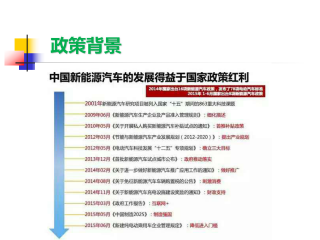
 2024-12-31 8
2024-12-31 8 -
上海xxx新能源股份有限公司商业计划书VIP免费

 2024-12-31 47
2024-12-31 47 -
绿特新能源商业计划书VIP免费
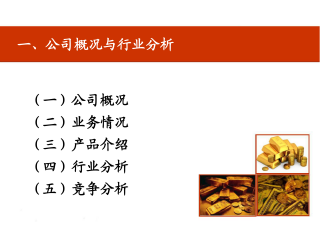
 2024-12-31 10
2024-12-31 10 -
关于新能源充电项目创业计划VIP免费
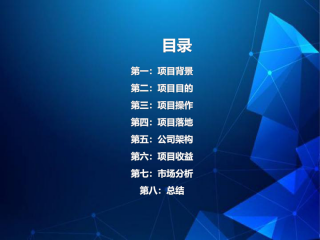
 2024-12-31 13
2024-12-31 13 -
太阳能充电器创业计划书模板VIP免费
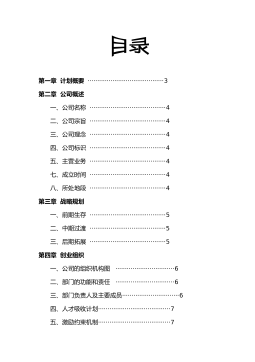
 2025-01-09 6
2025-01-09 6 -
中国新能源及节能环保材料项目商业计划书VIP免费
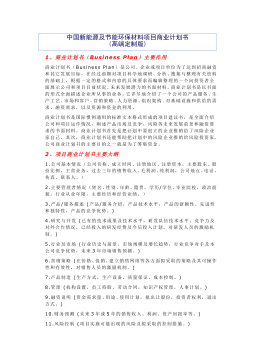
 2025-01-09 5
2025-01-09 5 -
中国(陕西)xxxx新能源股份有限公司VIP免费
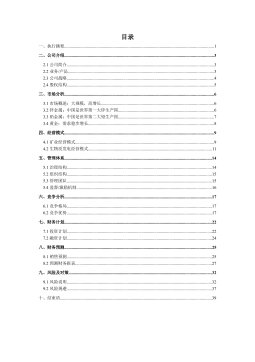
 2025-01-09 5
2025-01-09 5 -
阳光新能源公司创业计划书VIP免费
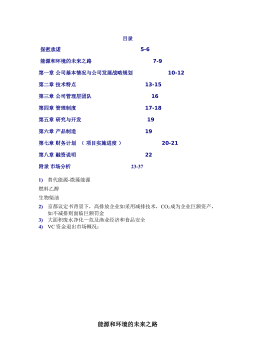
 2025-01-09 5
2025-01-09 5 -
新型纯电动安全汽车项目商业计划书VIP免费
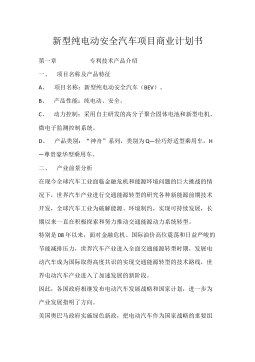
 2025-01-09 6
2025-01-09 6
作者:牛悦
分类:高等教育资料
价格:15积分
属性:48 页
大小:564.41KB
格式:PDF
时间:2024-11-19




